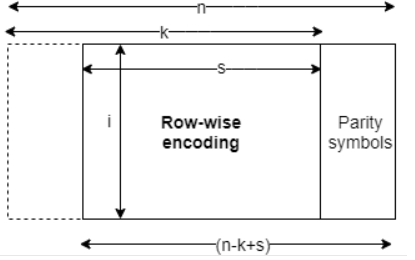ccsdsRSDecode
Syntax
Description
[
decodes the received signal in decoded,cnumerr,ccode] = ccsdsRSDecode(code,k)code by using a (255,
k) Reed-Solomon (RS) decoder with the generator polynomial, as
defined in the Consultative Committee for Space Data Systems (CCSDS) 131.0-B-3 Section 4
[1]. k is the
number of symbols in the decoded message. The function returns the decoded message,
decoded, the number of corrected errors,
cnumerr, and the corrected version of code,
ccode.
For a description of CCSDS RS code decoding, see CCSDS RS Code Decoding.
Examples
Input Arguments
Output Arguments
More About
References
[1] TM Synchronization and Channel Coding. Recommendation for Space Data System Standards. CCSDS 131.0-B-3. Blue Book. Issue 3. Washington, D.C.: CCSDS, September 2017.
Extended Capabilities
Version History
Introduced in R2021aSee Also
Functions
Objects
Blocks
- CCSDS RS Decoder (Wireless HDL Toolbox) | CCSDS RS Encoder (Wireless HDL Toolbox)

